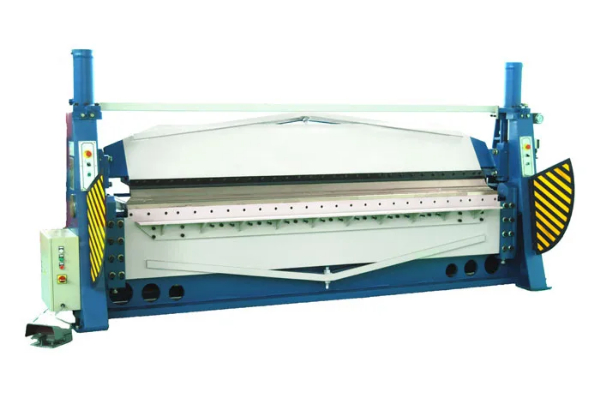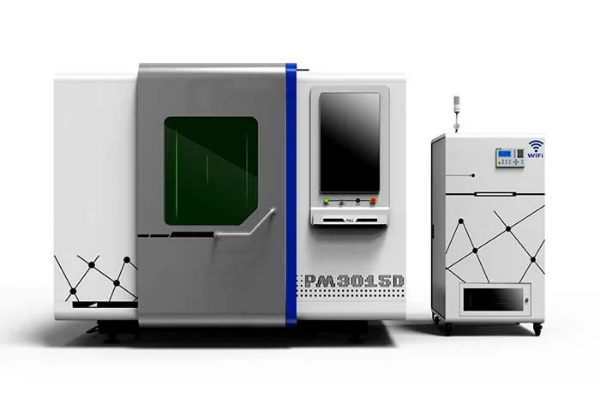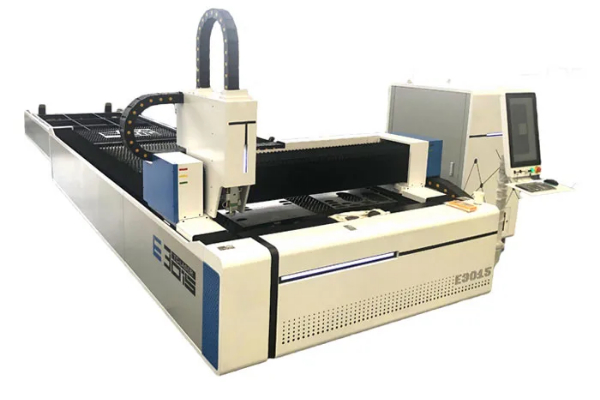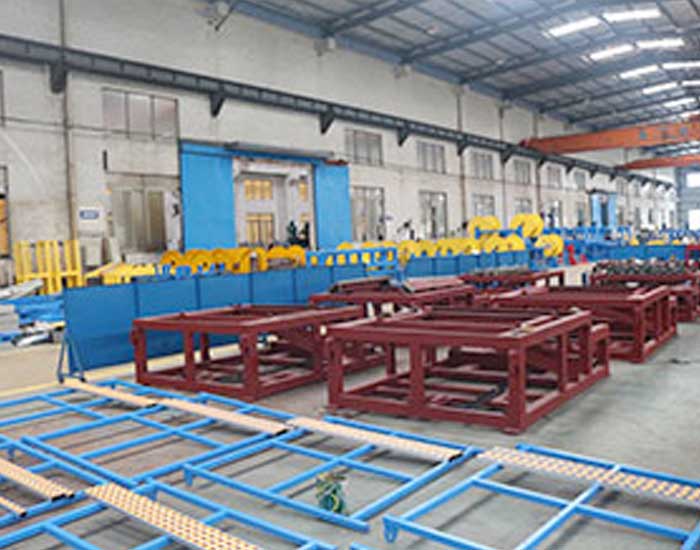
Flanging for Function- A Step-by-Step Guide to Pan Brake Flanges
- By:Metmac
- 2024-06-04
- 105
Flanging for Function: A Comprehensive Guide to Pan Brake Flanges
In the realm of sheet metal fabrication, flanging stands out as a crucial technique for enhancing the functionality and aesthetics of metal components. “Flanging for Function: A Step-by-Step Guide to Pan Brake Flanges” serves as an indispensable resource for anyone seeking to master this technique.
Understanding Flanging and Pan Brakes
Flanging involves bending the edge of a sheet metal workpiece to form a flange, a perpendicular extension from the main plane. This process increases the strength and stiffness of the workpiece, provides mounting points, and allows for various functional applications. Pan brakes are specialized machines designed specifically for flanging operations. They feature a pair of dies that work together to accurately bend the workpiece to the desired shape.
Selecting the Right Material and Dies
The choice of sheet metal material and dies for flanging is paramount. Consider the thickness, ductility, and strength of the material. Regarding dies, different profiles and dimensions are available depending on the flange geometry and workpiece characteristics. Proper die selection ensures precise and consistent results.
Preparing the Workpiece and Machine
Before flanging, the workpiece should be cleaned and properly aligned in the pan brake. The machine’s dies must be adjusted accurately to match the desired flange size and angle. Ensure that the workpiece is securely held in place and that the dies are aligned to prevent warping or distortion.
Bending the Flange
With the workpiece and machine set up, the flanging process commences. The dies are gradually closed, applying pressure to the workpiece and bending the edge to form the flange. Monitor the flange angle and width closely to meet specifications. Multiple passes may be required for thicker materials or complex shapes.
Finishing and Quality Control
After flanging, the workpiece may require additional finishing processes, such as deburring to remove any sharp edges. Quality control is crucial to ensure that the flanges meet the required dimensions, tolerances, and functional requirements. Inspection methods include visual examination, dimensional measurements, and testing for strength and stiffness.
Applications of Flanged Workpieces
Flanged workpieces find applications in a wide range of industries, including automotive, construction, electronics, and aerospace. They provide structural support, create airtight seals, and serve as mounting surfaces for various components. Understanding the principles and techniques of flanging empowers engineers and fabricators to design and produce high-quality metal components that meet specific functional requirements.
-
The Advantages of Using a Sheet Roll Forming Machine in Manufacturing
2024/09/14 -
How to Optimize Your Laser Sheet Cutting Machine for Maximum Performance
2024/09/12 -
How to Maximize Efficiency with Modern Sheet Metal Working Machines
2024/09/04 -
The Environmental Benefits of Using Duct Board Grooving Machines
2024/09/03
-
Efficient Sheet Metal Machinery: Rolling, Punching, and Laser Cutting Technologies Explained
2025/05/20 -
Precision and Power: The Evolution of Sheet Metal Machinery for Modern Manufacturing
2025/05/20 -
Precision Bending with Electrical Press Brakes and Sheet Metal Solutions
2025/05/20 -
Enhancing Duct Fabrication with Advanced Duct Beading and Grooving Machines
2025/05/11
-
Innovations in Steel Strip Slitting Machine Design and Technology
2024/05/11 -
Improving Accuracy in Metal Fabrication with Laser Metal Shear Machines
2024/05/11 -
Latest Technological Advancements in Rectangular Duct Machines
2024/05/11 -
Integrating Automation with Rectangular Duct Machines for Enhanced Productivity
2024/05/11
-
A Guide to the Latest Innovations in Sheet Metal Folding Machines
2024/11/29 -
Key Features to Consider When Investing in a Sheet Metal Folding Machine
2024/11/28 -
Enhancing Precision with Advanced Sheet Metal Folding Machines
2024/11/27 -
How to Choose the Right Sheet Metal Folding Machine for Your Workshop
2024/11/26



